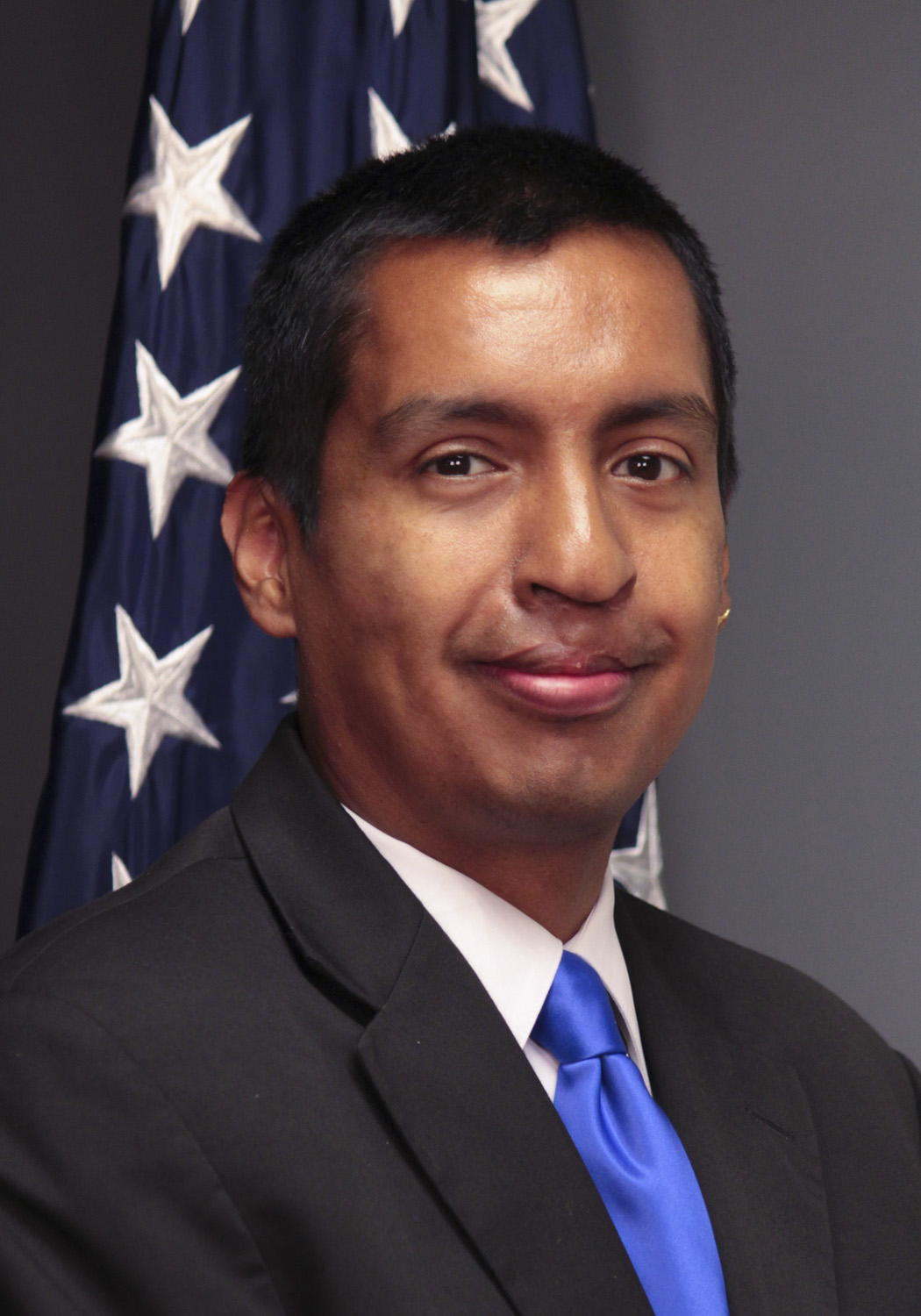Health Insurance Coverage: Early Release of Estimates From the National Health Interview Survey, January-September 2016
Posted on by
Questions for Michael Martinez, M.P.H., M.H.S.A., Epidemiologist, Health Statistician and Lead Author on “Health Insurance Coverage: Early Release of Estimates From the National Health Interview Survey, January-September 2016”
Q: What do you think is the most significant finding in your new study?
MM: I think the most significant finding in this study is the snapshot view of varied health insurance types. While from January through September 2016, among adults aged 18 to 64, 12.3% were uninsured at the time of interview, 20.3% had public coverage, and 69.0% had private health insurance coverage. Among the 136.0 million adults in this age group with private coverage, 9.3 million–or 4.7%–were covered by private health insurance plans obtained through the Health Insurance Marketplace or state-based exchanges during the first 9 months of 2016.
Q: How did health insurance coverage in the United States compare in the first 9 months of 2016 to 2015 and 2010?
MM: We’ve observed a number of changes in health insurance coverage between 2010 and 2015 compared to the first 9 months of 2016. Between 2010 and the first 9 months of 2016, 20.4 million persons of all ages gained coverage. In the first 9 months of 2016, 28.2 million (8.8%) persons of all ages were uninsured at the time of interview, compared with 48.6 million (16.0%) persons in 2010 and 28.6 million (9.1%) persons in 2015. The difference in uninsured estimates between 2015 and the first 9 months of 2016 was not significant.
Q: Where do high-deductible plans through private health insurance fit into 2016 estimates compared to earlier years?
MM: Among private health insurance plans, enrollment in high-deductible health plans has been increasing in recent years. 39.1% of persons under age 65 with private health insurance were enrolled in high-deductible health plans in the first 9 months of 2016. This percentage has increased significantly, from 25.3% in 2010 and from 36.7% in 2015.
Q: What are the trends among race and ethnicity groups in health insurance coverage this year and compared over time?
MM: There’s been quite a bit of change in health insurance coverage among race and ethnicity groups over the years. For example, in the first 9 months of 2016, 24.7% of Hispanic, 15.1% of non-Hispanic black, 8.5% of non-Hispanic white, and 7.8% of non-Hispanic Asian adults aged 18–64 lacked health insurance coverage at the time of interview. Significant decreases in the percentage of uninsured adults were observed between 2013 and the first 9 months of 2016 for Hispanic, non-Hispanic black, non-Hispanic white, and non-Hispanic Asian adults. Hispanic adults had the greatest percentage point decrease in the uninsured rate between 2013 (40.6%) and the first 9 months of 2016 (24.7%).
Q: How is health insurance coverage looking this year for our youngest population – children under 18 years of age?
MM: From January through September 2016, among children under 18 years of age, 5.0% were uninsured at the time of interview, 43.4% had public coverage, and 53.5% had private health insurance coverage. Among the 39.3 million children under 18 years of age with private coverage, 1.7 million or 2.3% were covered by private health insurance plans obtained through the Health Insurance Marketplace or state-based exchanges during the first 9 months of 2016.
Posted on by

